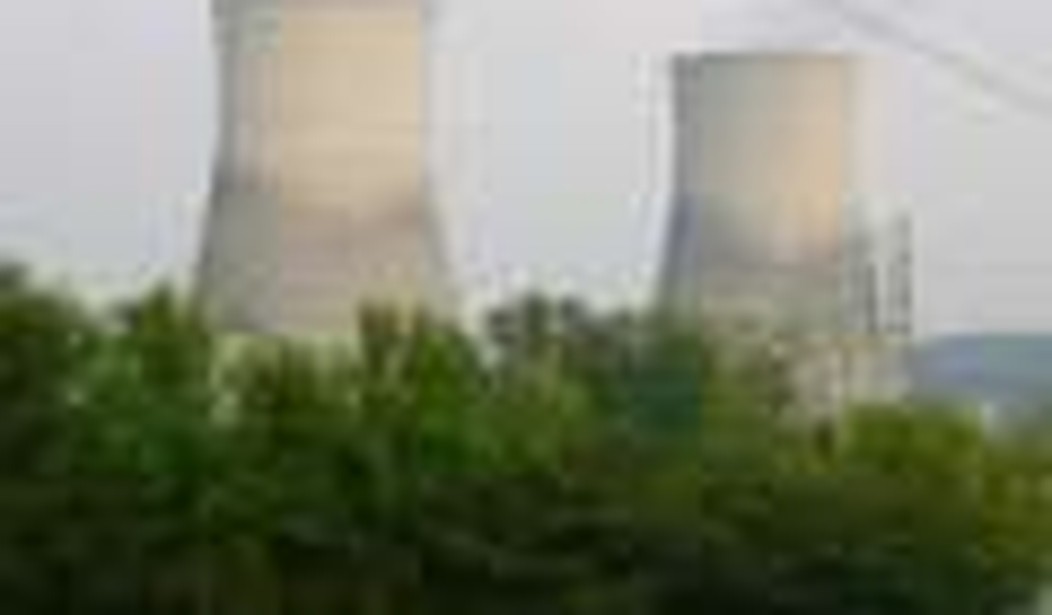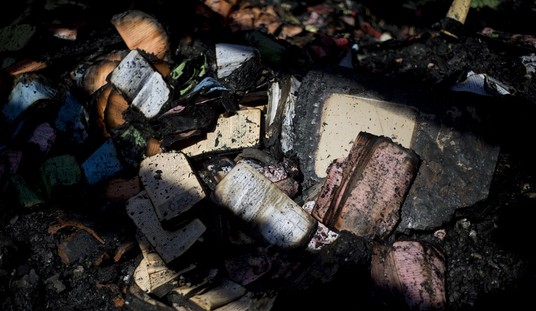In November 2007, the Canadian NRU nuclear reactor in Chalk River, Ontario, shut down for five days of routine maintenance. When the parts necessary for repair were unavailable, the brief closure stretched into weeks. As a result, the care of women diagnosed with breast cancer thousands of miles away was threatened.
What does nuclear energy have to do with breast cancer treatment in Boston, Dallas, or rural central California?
For decades, breast cancer surgeons had one option to learn if a woman’s breast tumor had been caught at an early stage or had already spread outside of the breast. This information is critical; a tiny, localized tumor can often be cured without toxic, rigorous chemotherapy. Breast cancer that has spread beyond the breast requires very different treatment. Before breast cancer can spread throughout a woman’s body and threaten her life, it must make its way out of the breast and past the body’s powerful first line of defense – the lymph nodes. These glands are aggressive filters, but cancer cells multiply rapidly. Eventually they overwhelm the ability of the lymph nodes to contain the dangerous cells, and the cancer then spreads throughout the body.
The first collection of glands that breast cancer cells try to move past is in the underarm on the same side of the body. For decades, the operation done by breast cancer surgeons required making a large incision in the armpit to remove most of these glands. The lymph nodes were then tested and the results guided treatment. Clean glands signified early, more easily treatable disease.
A woman’s survival depended on the accuracy of the staging information.
But the staging procedure was problematic. The procedure left up to 40% of women with persistent problems like arm swelling, pain, and numbness. Some had nerve damage or formed scar tissue that interfered with shoulder movement for years after surgery. Removing lymph nodes was critical to breast cancer staging, but sometimes carried a high price.
In the 1990s researchers and surgeons learned that some of the underarm glands were more important than others in determining whether the breast cancer had spread. If these important glands (“sentinel lymph nodes”) could be identified, removed, and tested clean, then the operation needed to stage a woman’s breast cancer would be less drastic.
Nuclear energy offered the solution to spare many women a difficult operation.
A liquid called “colloid” is treated in a nuclear reactor to add trace amounts of radioactivity – typically, less than what a passenger is exposed to during a transatlantic flight. When the medicine created by this process is injected into the breast right before surgery, it travels into the underarm and is trapped by the sentinel lymph nodes.
A breast cancer surgeon in the operating room touches the woman’s underarm skin with a special probe that beeps loudly when it senses the medicine in the most important lymph nodes. Guided by the beeps, the surgeon then makes a small incision to remove only a few glands, which are tested while the patient is still under anesthesia. If the glands are clean, the surgeon places a few stitches and applies a small bandage. For many women with early breast cancer, no more staging surgery is needed, allowing a quicker, less painful recovery.
But this procedure depends on a supply of radioactive colloid. The vast majority of the material used by American breast cancer surgeons comes from a single nuclear reactor in Canada – a reactor that was shut down for weeks.
In December 2007, the American Society of Breast Surgeons issued an alert. The reactor closure led to a shortage for hospitals across the country whose doctors – and their patients – rely on the Canadian facility. When the supply of radioactive colloid was exhausted, breast cancer staging and treatment for American women would have to be delayed or altered.
But the shortage did not affect only breast cancer patients. Radioactive medication is the workhorse of nuclear medicine, a field essential to the diagnosis and treatment of hundreds of diseases. Radioactive isotopes are used to treat thyroid cancer, perform PET scans, check for osteoporosis with bone scans, and diagnose heart disease (“chemical stress test”) instead of using invasive angiograms.
According to Dr. Sandy McEwan, president of the Society of Nuclear Medicine, “This is a catastrophe for patients. A lot of centers in the U.S. are down to 20 or 30% of [nuclear medicine] capacity.”
Building a reactor in central California has been proposed. Such a facility could generate more than simply energy and jobs; it would provide a solution for doctors and their patients whose care is at the mercy of a single building in Canada.
But in 1976, California legislators issued a moratorium on the building of nuclear energy plants, effectively banning the production of facilities that could relieve the shortage sustained by American patients.
While the politics of nuclear energy are debated, women with breast cancer wait and wonder.
Dr. Linda Halderman is a Board-Certified General Surgeon practicing in rural south Fresno County.









Join the conversation as a VIP Member